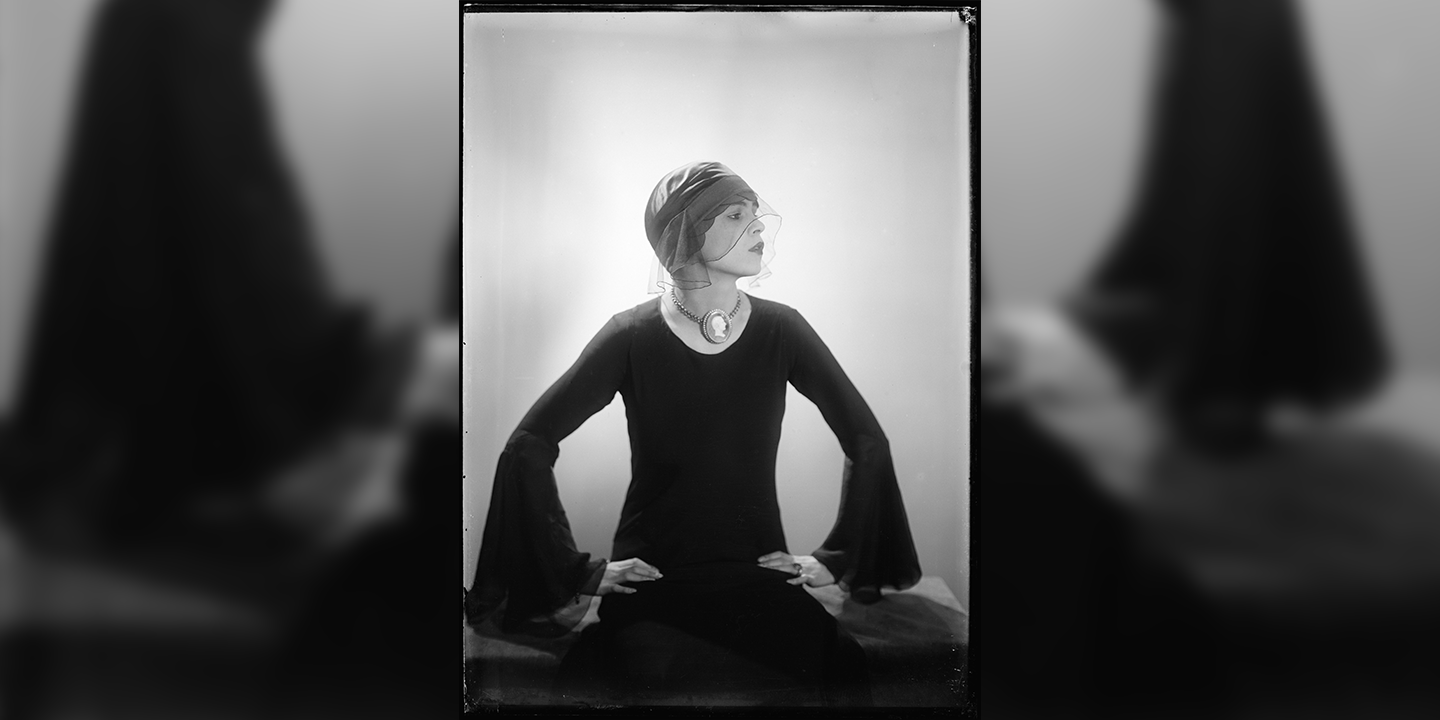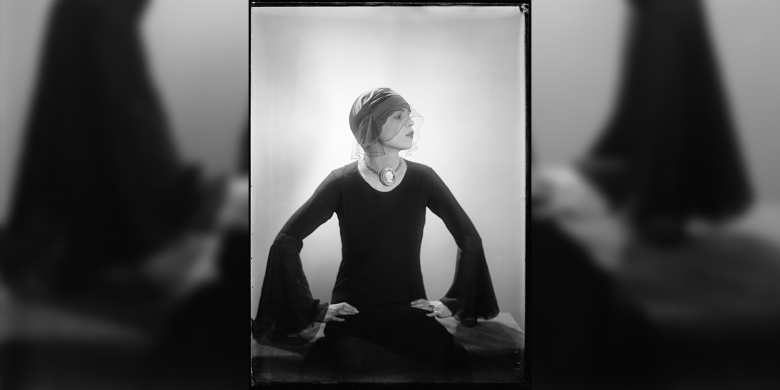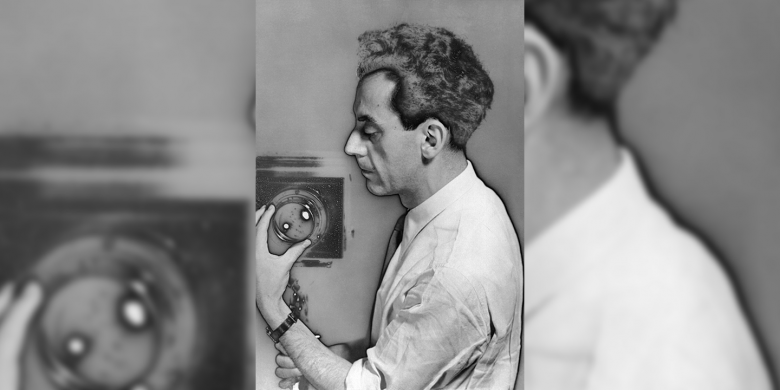For an immersion in the razzle-dazzle of the 1920s and 1930s in France, there can be no more evocative reading than Self Portrait by Man Ray, a memoir published in New York in 1963, then in Paris the following year. Nostalgia no doubt still prevailed, and Man Ray was an emblematic figure of a double decade whose influence would soon pervade screens and interiors alike, as Art Deco made its return to favour. Of the many facets of Man Ray’s life and work, his perspective on fashion was beset with contradictions: he turned a “bread-and-butter” job into a key part of his permanent experimentation and immortalised both Coco Chanel and Elsa Schiaparelli, the best of enemies with conflicting destinies. In Self Portrait, the pages on Paul Poiret – both his glory days and his fall from grace – are among those which cut closest to the bone. Was it Man Ray’s fascination with the object that made him one of those accidental fashion photographers who never overlook the fashion itself? Clearly his appreciation of the beauty of his models, whether worldly women or unknown names, imbued his fashion portraits with a unique intensity, but what remains striking is his almost humble way of perfectly capturing a dress or an accessory for what it was, in its own right. Throughout these years, Harper’s Bazaar represented a brilliant showcase for his work. It was the combined genius of Carmel Snow and Alex Brodovitch that extended their editorial and artistic empire to other creatives, with Man Ray at the helm. And it was there that he made history: in 1937, in rapid succession, came the stunning portrait of Adrienne Fidelin with her irresistible raffia fascinator – not only the woman he was in love with at the time, but the first woman of colour to appear in the pages of Harper’s Bazaar, a natural choice for the photographer of Black and White (1926) – followed by the shots taken for the series “The Red Badge of Courage”, sublime close-ups of faces magnified by the colour of the lipstick. But to my mind, the most moving one of these fashion photographs appeared in 1934, in the September issue of Harper’s Bazaar: a “rayograph” of a garment from the latest collections, transmitted from Paris to New York over radio waves – a feat of technology. Beyond the technical anecdote, the distilled, synthesised silhouette is evocative of a pencil drawing by Georges Seurat or a painting by Sigmar Polke. In Brodovitch’s magnificent page layout, the graphic waves of the text read like a poem by Gertrude Stein: “All collections violently picturesque / Look 1880 one minute, 1950 the next / The most fantastic modern materials / Stiff in infantas in the evening / everyone is cutting whoopsy bangs / do not believe that derrieres are flat / crowns zoom high as hussars / Wonderful new shade of violet blue.” Man Ray the artist had found someone to speak to. Thanks to inventors like him, fashion magazines enjoyed a truly golden age.
Mr Olivier Gabet, Director at musée des Arts décoratifs, Paris



